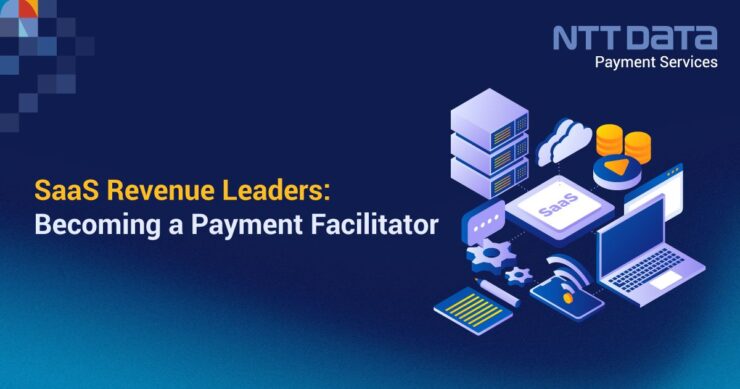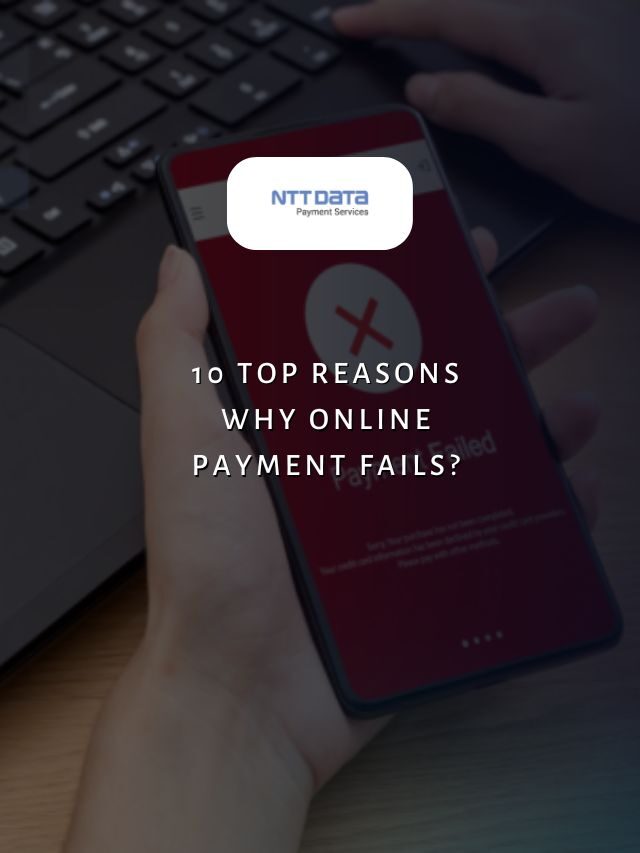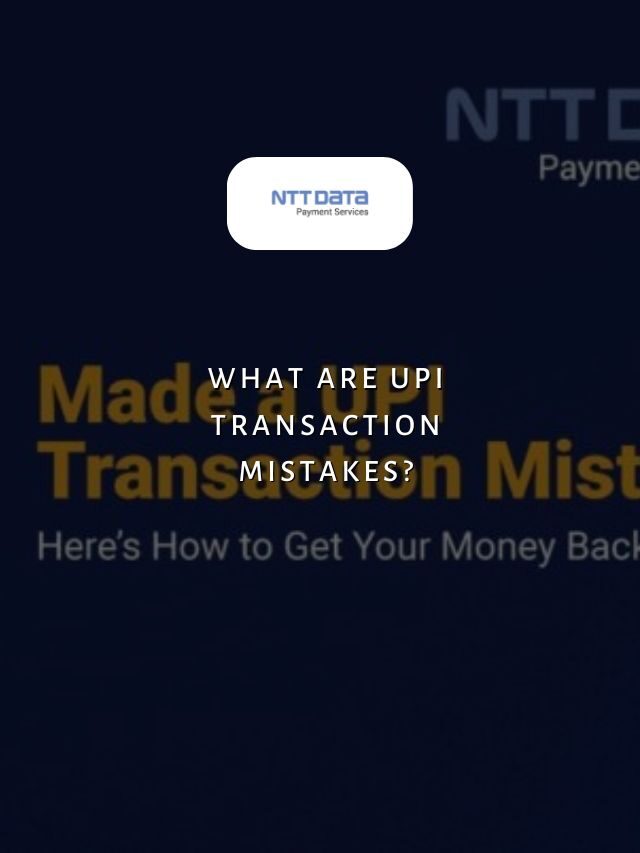
Table of Contents
Software-as-a-Service (SAAS) companies continuously explore innovative strategies to diversify their revenue streams and maximise their potential. One such strategy gaining momentum is the transformation into a Payment Facilitator (PayFac).
In this blog, we will delve into the concept of SAAS revenue leaders becoming payment facilitators & exploring the benefits involved in this strategic transition.
The Evolution of SaaS Revenue Leaders in Becoming PayFacs
Traditionally, SaaS companies generate revenue through subscription-based models, charging customers a recurring fee for access to their software services. However, as the SaaS market becomes increasingly saturated, companies seek ways to differentiate themselves and expand their revenue streams.
By becoming payment facilitators, SaaS providers can offer a more comprehensive solution to their customers, incorporating payment processing directly into their platforms. By becoming a PayFac, SAAS companies can streamline their payment processes, provide end-to-end solutions, enhance the customer experience, and unlock new revenue opportunities.
Unlocking New Revenue Opportunities
Becoming a payment facilitator presents SaaS revenue leaders with exciting new revenue opportunities. By integrating payment processing capabilities, these companies can earn transaction fees on every payment made through their platform.
This revenue stream can be significant, especially considering the increasing digitisation of payments across industries. SaaS providers can leverage their existing customer base and offer a seamless payment experience, eliminating the need for third-party payment processors and capturing a portion of the transaction value.
Additionally, as they collect transaction data, SaaS companies can leverage analytics to provide valuable insights to their customers, further enhancing their value proposition and potentially commanding higher fees.
Recent Web Stories
SAAS – Overview of Payment Facilitator Model
The best way to hit your revenue goals for YOY growth without doubling sales numbers is to implement a momentum-gaining strategy, such as transforming into a payment facilitator (PayFac). This brings all the payment functions in-house. This helps your clients or business (sub-merchants) onboard their customers smoothly in the payment process.
1. Understanding the Payment Facilitator Model:
Before embarking on the journey of becoming a payment facilitator, it is crucial to grasp the fundamentals of this model.
A Payment Facilitator is an intermediary between the merchant (the SAAS company) and the payment networks. They enable simplified payment processing for sub-merchants (clients of the SAAS company), eliminating the need for individual merchant accounts and complex integrations.
By consolidating the payment flow, PayFacs can offer their customers a seamless and consistent experience while streamlining back-end operations.
2. Complying with Regulatory and Compliance Requirements:
Becoming a Payment Facilitator involves navigating a complex web of regulatory and compliance requirements. SAAS companies must ensure compliance with financial regulations, such as anti-money laundering (AML) and know-your-customer (KYC) policies.
This typically involves implementing robust identification and verification processes, including age verification and fraud prevention measures. Additionally, data security and privacy regulations, such as the Payment Card Industry Data Security Standard (PCI DSS), must be strictly adhered to in order to protect customer data and build trust.
3. Building the Necessary Infrastructure:
Transitioning into a payment facilitator role requires building the necessary infrastructure to support payment processing operations. This includes establishing secure payment gateways, integrating with payment processors or acquiring banks, and implementing comprehensive reporting and reconciliation systems.
Developing an in-house payment technology stack or partnering with a reliable payment platform provider is essential to ensure seamless payment experiences for customers and efficient management of transaction data.
4. Managing Risk and Fraud Prevention:
As a payment facilitator, managing risk and fraud prevention becomes a paramount concern. Implementing robust risk management protocols and fraud prevention measures is vital to protect both the SAAS company and its sub-merchants. This includes real-time transaction monitoring, identity verification, and utilising advanced fraud detection tools.
Building a comprehensive risk management framework can help minimise the risk of financial losses and maintain the integrity of the payment ecosystem.
5. Expanding Revenue Streams and Growth Opportunities:
Becoming a payment facilitator opens up new revenue streams and growth opportunities for SAAS companies. By facilitating payments for sub-merchants, PayFac earns transaction-based fees, which can significantly boost overall revenue. Moreover, by capturing and analysing transaction data, SAAS companies can gain valuable insights into customer behaviour and preferences.
This data-driven approach enables targeted marketing and sales strategies, resulting in increased customer acquisition, retention, and upselling opportunities.
Illustration:
Let’s consider the hypothetical example of AcmeTech, a SAAS company specialising in customer relationship management (CRM) software. AcmeTech recognised the opportunity to become a payment facilitator to offer integrated payment solutions to its customers and unlock new revenue streams.
Here’s an illustration of their journey:
- AcmeTech’s leadership team conducted market research & they recognised that by becoming a payment facilitator, they could provide a seamless and integrated payment experience, enhancing their CRM software’s value proposition.
- AcmeTech engaged legal and compliance experts to navigate the complex landscape. They ensured they met all necessary financial regulations, including anti-money laundering (AML) and know-your-customer (KYC) requirements. AcmeTech implemented robust identification and verification processes to safeguard against fraudulent activities.
- AcmeTech invested in building the required infrastructure. They partnered with a reliable payment platform provider to leverage their expertise and ensure a secure and efficient payment processing system. This involved integrating their CRM software with the payment platform, implementing secure payment gateways, and establishing a reporting and reconciliation framework.
- They implemented a comprehensive risk management framework, leveraging advanced fraud detection tools, real-time transaction monitoring, and secure data encryption.
- Once the infrastructure and risk management protocols were in place, AcmeTech officially launched its payment facilitator services. They offered their customers a seamless, end-to-end payment experience within their CRM software.
- By eliminating the need for separate merchant accounts and complex integrations, AcmeTech simplified the payment process for their customers, enhancing convenience and user satisfaction.
- As a payment facilitator, AcmeTech started generating additional revenue streams. They earned transaction-based fees from processing payments for their customers.
In this illustration, AcmeTech’s transformation into a payment facilitator allowed them to offer a seamless payment experience to their customers, generate additional revenue streams, and strengthen their position in the CRM software market.
Become A Payment Facilitator With NTT DATA Payment Services
NTT DATA Payment Services caters to more than 6 million+ merchants, with an annual transaction value of INR 800+billion and a volume of 100 million. With 3%+ years of industry expertise, your SAAS model can easily integrate PayFac for faster business growth.
NTT DATA Payment Services offers a complete payment solution to advance your offline and online businesses from,
- Online Payment Gateway
- POS machines
- IVR payments
- Mobile applications, and
- Bharat QR Scan and Pay
We ensure maximum comfort, convenience, and safety for all your payments.
Benefits of Becoming a Payment Facilitator:
Transitioning into a payment facilitator role offers several advantages for SAAS revenue leaders.
- It allows them to maintain control over the payment process, ensuring a consistent and reliable customer experience.
- By streamlining the payment flow, businesses can enhance customer satisfaction and reduce churn rates.
- Becoming a payment facilitator provides an additional revenue stream through transaction fees. This can significantly boost the overall profitability of the SAAS company.
- By capturing transaction data, businesses can gain valuable insights into customer behaviour, preferences, and purchasing patterns, enabling them to make data-driven decisions for targeted marketing and sales strategies.
- Integrating payment processing into their platforms allows SaaS companies to create a seamless experience for their customers by eliminating the need for customers to navigate different systems for software access and payment processing.
SaaS revenue leaders can simplify workflows, enhance user satisfaction, and increase customer loyalty. The ability to offer a one-stop solution improves the overall user experience and minimises friction points, leading to increased adoption and reduced churn rates.
Conclusion:
As the SaaS industry continues to mature, revenue leaders are finding new avenues for growth and differentiation. By becoming payment facilitators, these leaders can take control of the payment process, enhance the customer experience, and generate additional revenue streams.
However, the path to becoming a payment facilitator requires careful consideration, compliance with regulations, and investment in infrastructure and resources. Nevertheless, for SAAS companies looking to unlock new opportunities and gain a competitive edge, venturing into payment facilitation can prove to be a strategic move with long-term benefits.
| Also, you can get frequent updates on nttdatapayments Instagram page. |
FAQs
- What does the payment facilitator do?
A Payment facilitator is a service provider or a merchant for businesses to accept customer payments through online transactions. They take care of the setup of electronic payment and processing services for the sub-merchants or businesses.
- How do payment facilitators make money?
The payment facilitator makes money on the volume of transactions they make and charges a very small percentage of the amount that is being processed.
- What is the difference between a payment facilitator and a payment aggregator?
Payment aggregators merge multiple merchant accounts under a single master account, while payment facilitators create separate accounts for each individual merchant.
- Is payment gateway a payment facilitator?
The payment facilitator is the provider who facilitates the payment transaction process, while the payment gateway is the channel through which the payment is made and the data is transferred securely.
- How are payment facilitators regulated?
PayFac must oblige regulatory compliance & risk management which include payment card industry data security standards, know-your-customer regulations and anti-money laundering laws.





